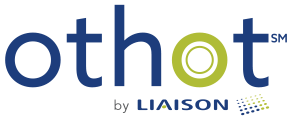How to Prepare for the New Normal in Strategic Enrollment

Greg Curry
National Association for College Admission Counseling (NACAC) voted to remove three provisions from its Code of Ethics and Professional Practices (CEPP). These changes were made in response to an investigation by the Antitrust Division of U.S. Department of Justice (DOJ). DOJ believed that the provisions inhibited competition among colleges for students.
The three provisions address offering incentives to:
- Early decision applicants;
- Recruiting first-year undergraduate students who have committed elsewhere; and
- Recruiting transfer students.
These changes could have major ramifications for higher education institutions. Given the competitive pressures in the industry, there is a lot of uncertainty surrounding how institutions will respond to the changes.
Will it be no holds barred with colleges and universities going after students whenever they want or will institutions show restraint? A few colleges are testing the limits.
If May 1 is no longer binding, how can you prepare?
Build Confidence with Your Goals
You can prepare by doubling down on what works for your institution.
Patty Beeson, former Provost and Vice Chancellor at University of Pittsburgh (Pitt), illustrated this point during her recent webinar, Tapping into the Mind of a Provost. She talked about her annual goal setting process at Pitt and how data and analytics helped her institution when faced with changing conditions.
Her talk especially rings true in this new environment.
For Dr. Beeson, data and analytics were extremely helpful to Pitt’s goal setting process. At the end of the enrollment cycle, she and Pitt’s Vice Provost of Enrollment conducted a ‘hot wash’ (aka year-end review). They walked through their data and outcomes to identify what went well, what could have gone better, and what could be improved. That honest, upfront analysis was key in setting goals and determining the most effective ways to recruit students, as well as adjusting expectations when something unexpected happened (Re: Pitt Bomb Threats 2012).
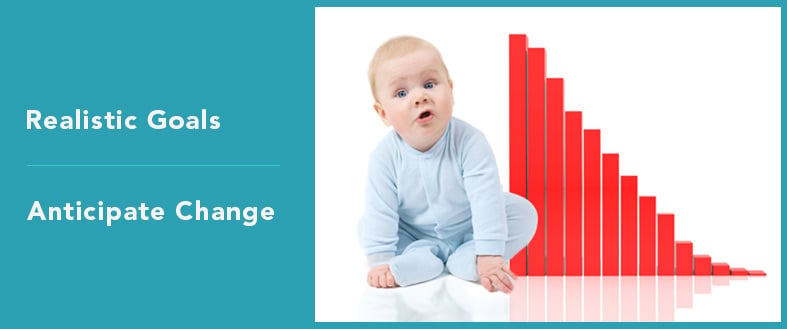
By taking a critical look at the previous year’s outcomes, they could more effectively plan for the next enrollment cycle. The process included a lot of data and predictive and prescriptive analytics, often with models built by Othot, to assess the impacts of different goals. For example, if they wanted to enroll more low-income students, the models showed the impact on financial aid, the diversity of the class, as well as the impact on graduation and retention rates.
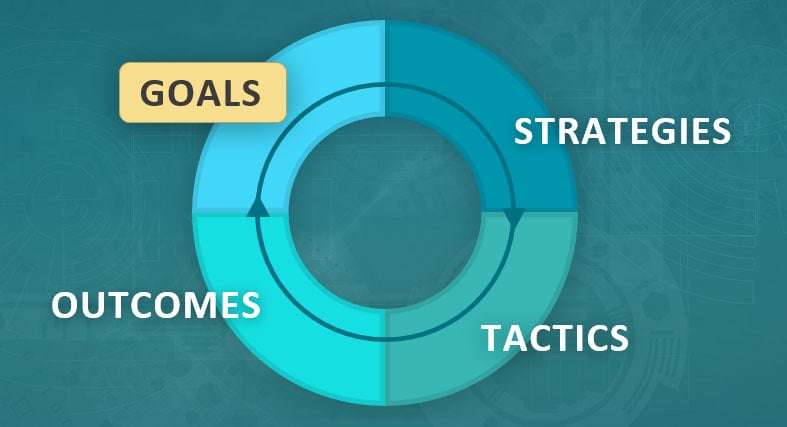
Using this approach, they could really understand the full impact of their strategies and goals by looking at the data and the models. With a more concrete understanding of costs, trade-offs, and what students are best fit for the institution, they could more effectively plan for the next year.
Your goals drive your recruitment efforts and it is essential to know who you want to recruit and retain.
It’s not over with your goals.
Once goals are set, how will you attract these students? What tactics will net the most responses? What content will keep them interested and engaged? (Dr. Beeson left the strategies and tactics to her enrollment team, and knew they were in good hands with data and analytics.)
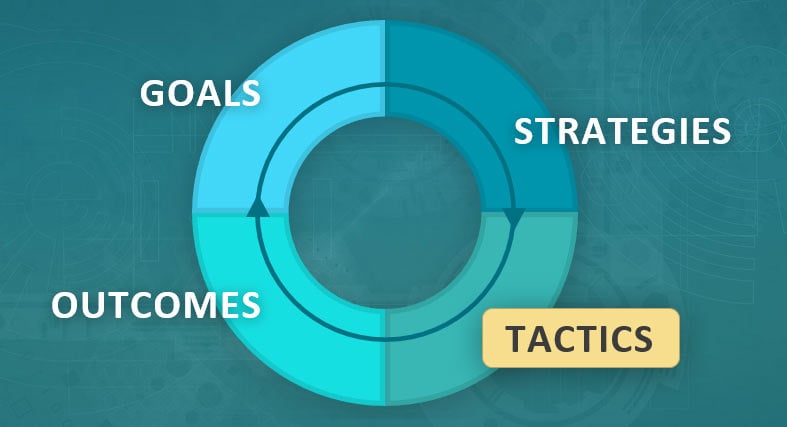
Your recruitment strategies and tactics are key – it's likely your first (and lasting) impression. You need to know the prospective students really well and know them as individuals. The more precisely you can target the individual students, the better. You want to attract the best-fit students to your institution - students that will enroll, persist, graduate, and become proud alumni.
That’s the beauty of predictive and prescriptive analytics.
Get Personal with Analytics
As seen through the Pitt example, data and advanced analytics can help you prepare for this new reality. Your data tells a story – and sifting through it can reveal patterns and trends that can help you during your strategic enrollment cycle.
At Othot, we take it a step further - our prescriptive analytics help institutions understand which individual students to target. This level of precision is important because our partner schools can see who to target, who is vulnerable to melt, and who will persist and graduate. As institutions begin to form their strategies in the wake of CEPP, this type of intelligence will be necessary to attract and retain best-fit students.
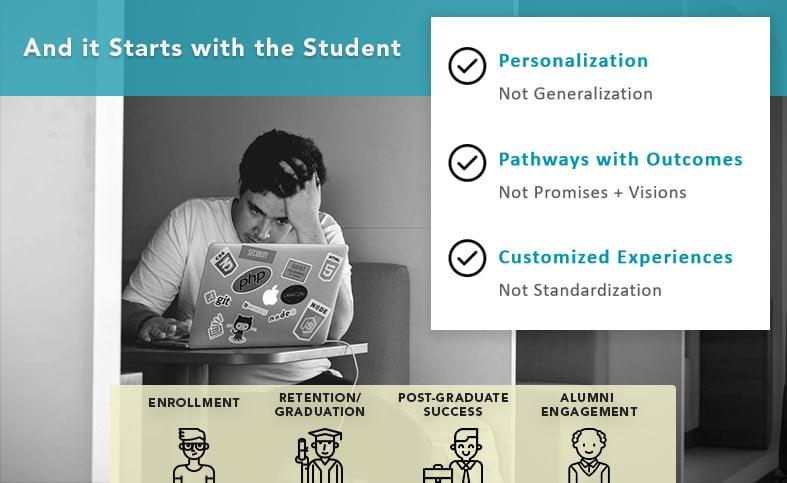
Analytics in Action
Here is another example: one of our partner schools relied on a very time-intensive recruitment strategy. Othot's models revealed that that strategy had little impact on a student’s likelihood to enroll score. Even more relevant, the models revealed that phone calls from a current student and a specific email/phone cadence did have an impact on the likelihood score. Knowing this information, the college adjusted its recruitment strategies.
The New Normal?
While change is inevitable, it is seemingly constant in today’s higher education environment. It’s how you respond that can position you for success.
And there is no time like NOW to get started with data and advanced analytics. It may make the difference between surviving and thriving in this new environment. With data and analytics, you can prepare for this new normal in strategic enrollment.

